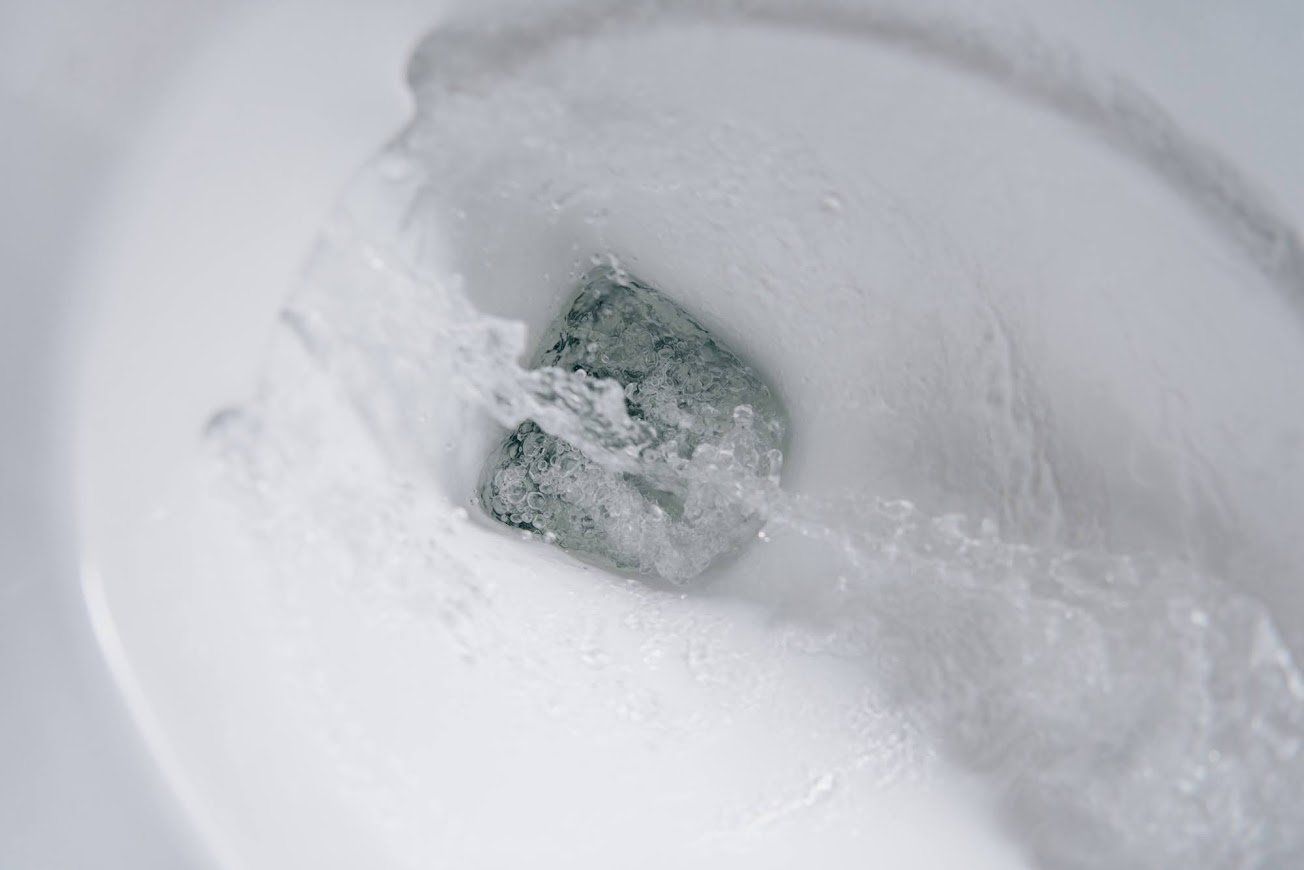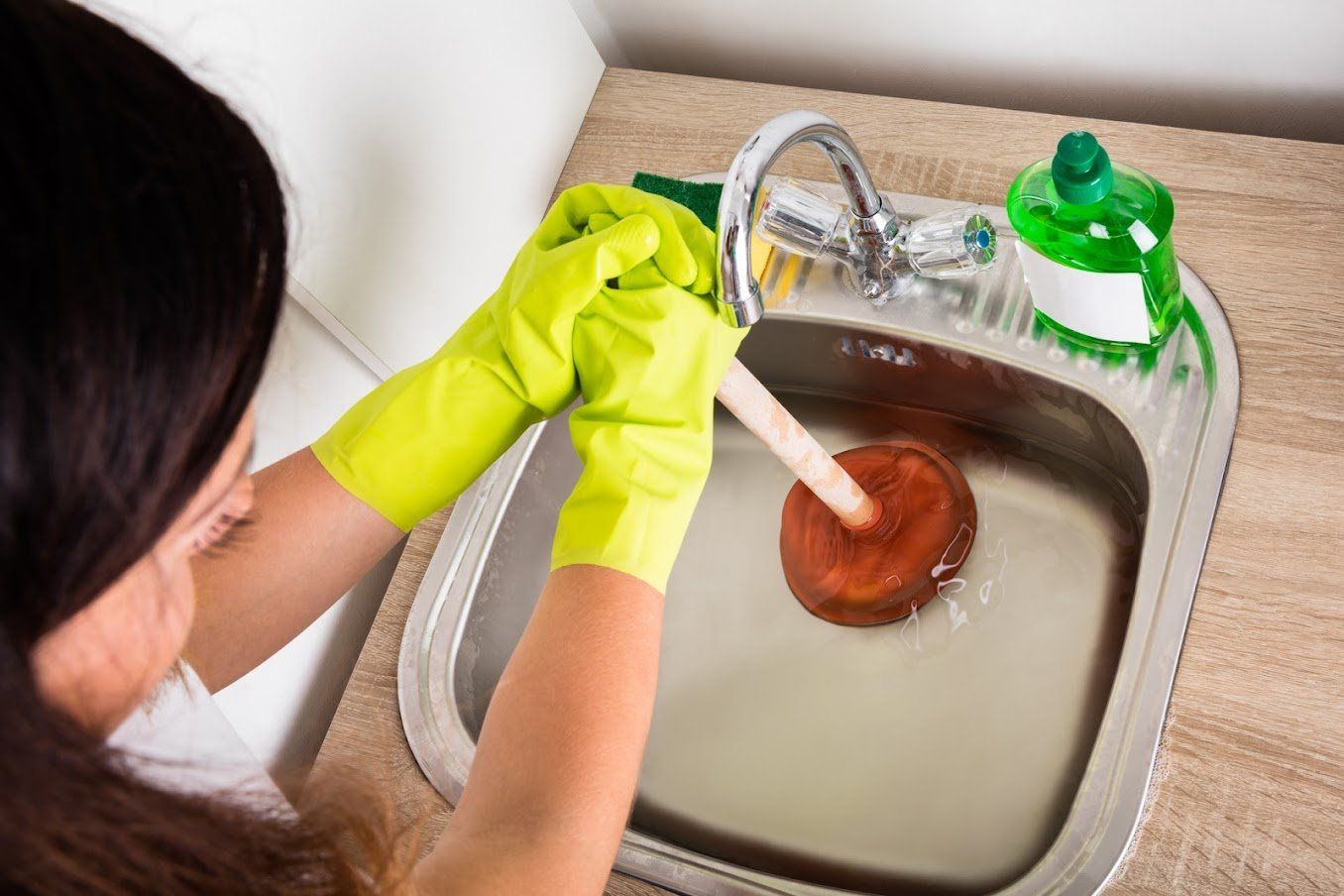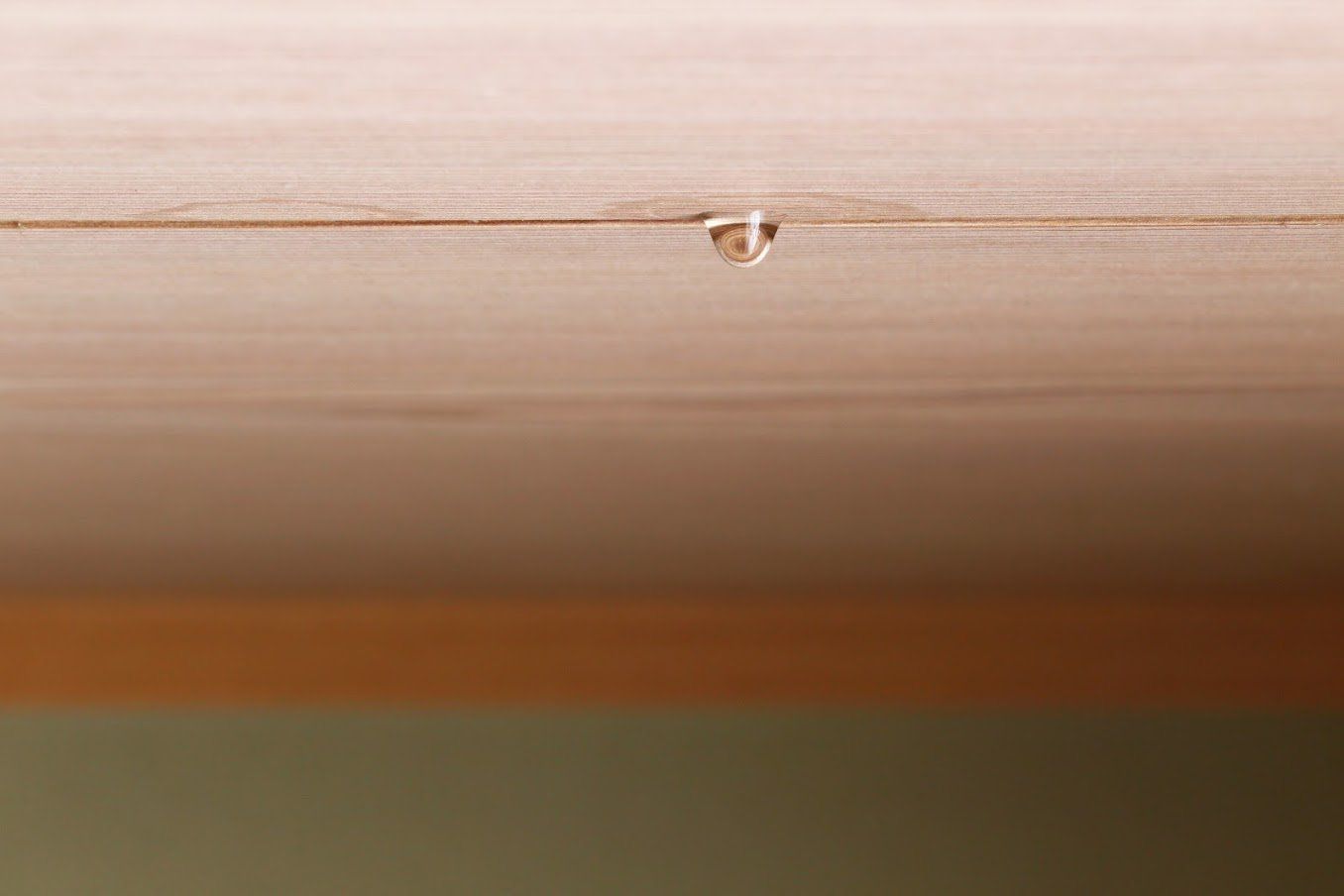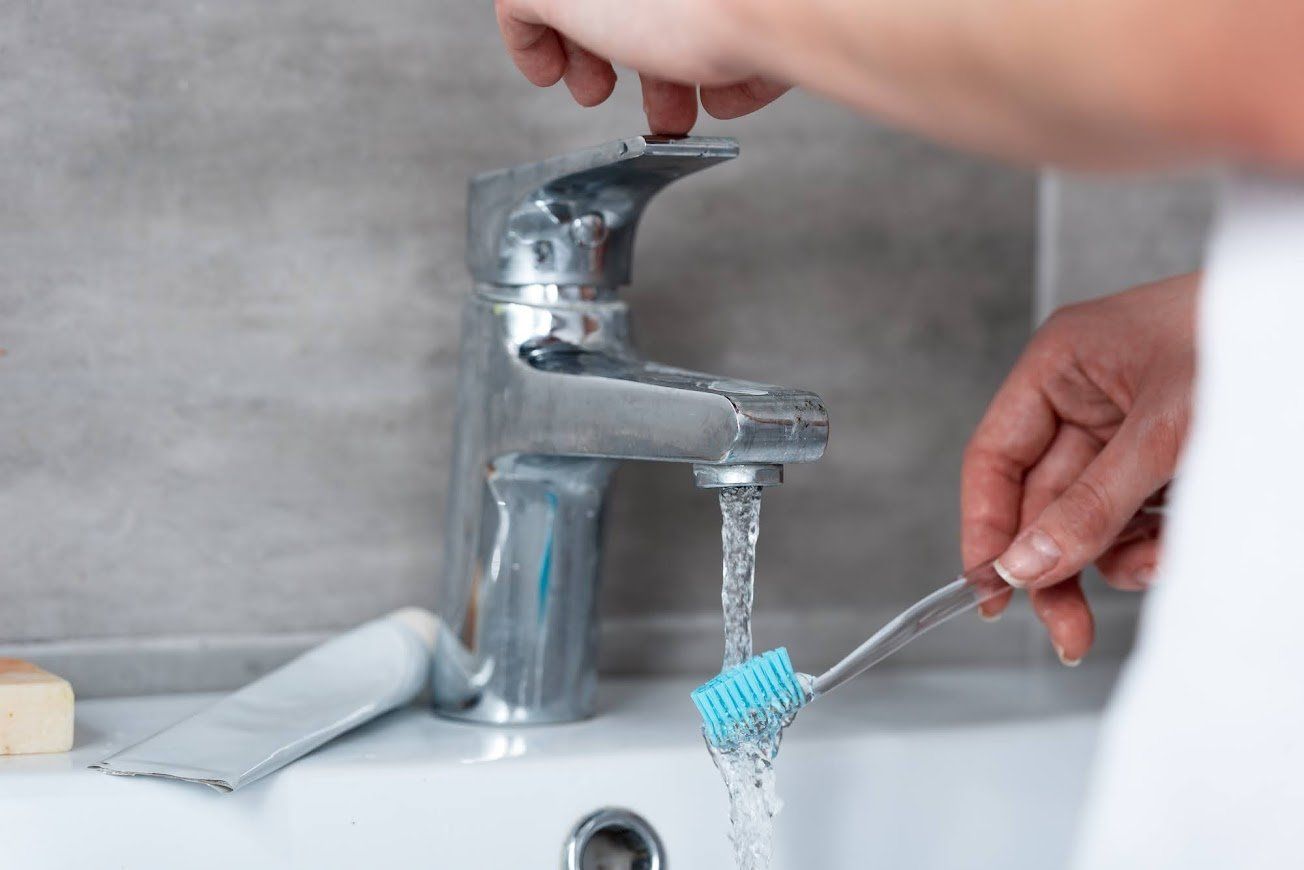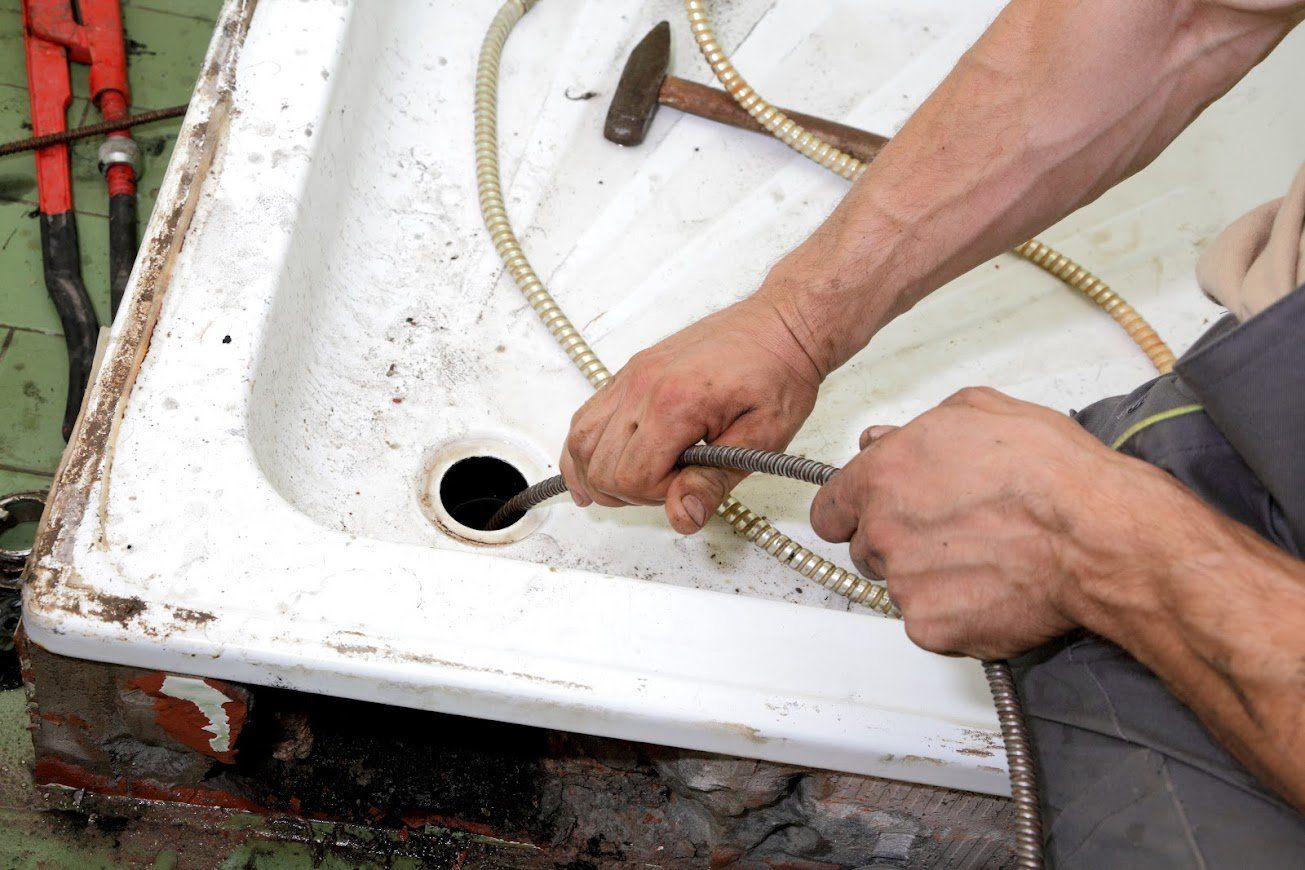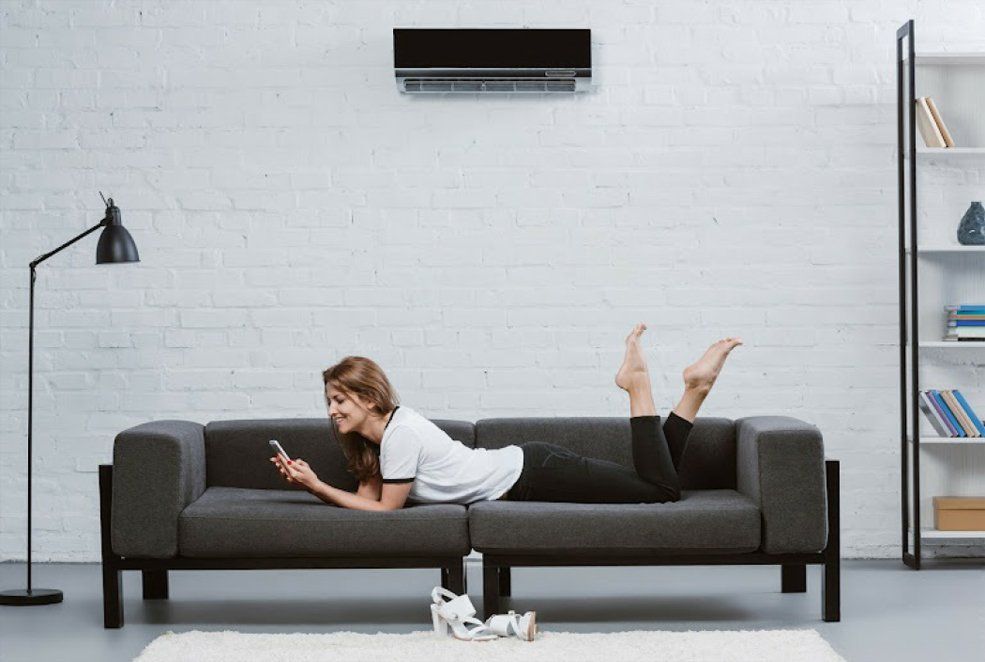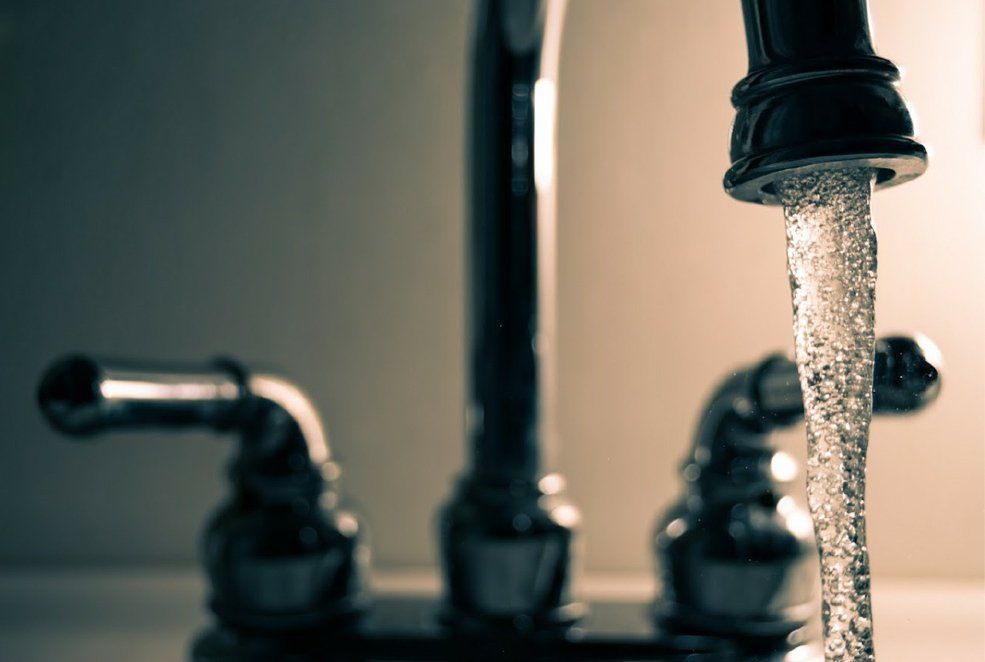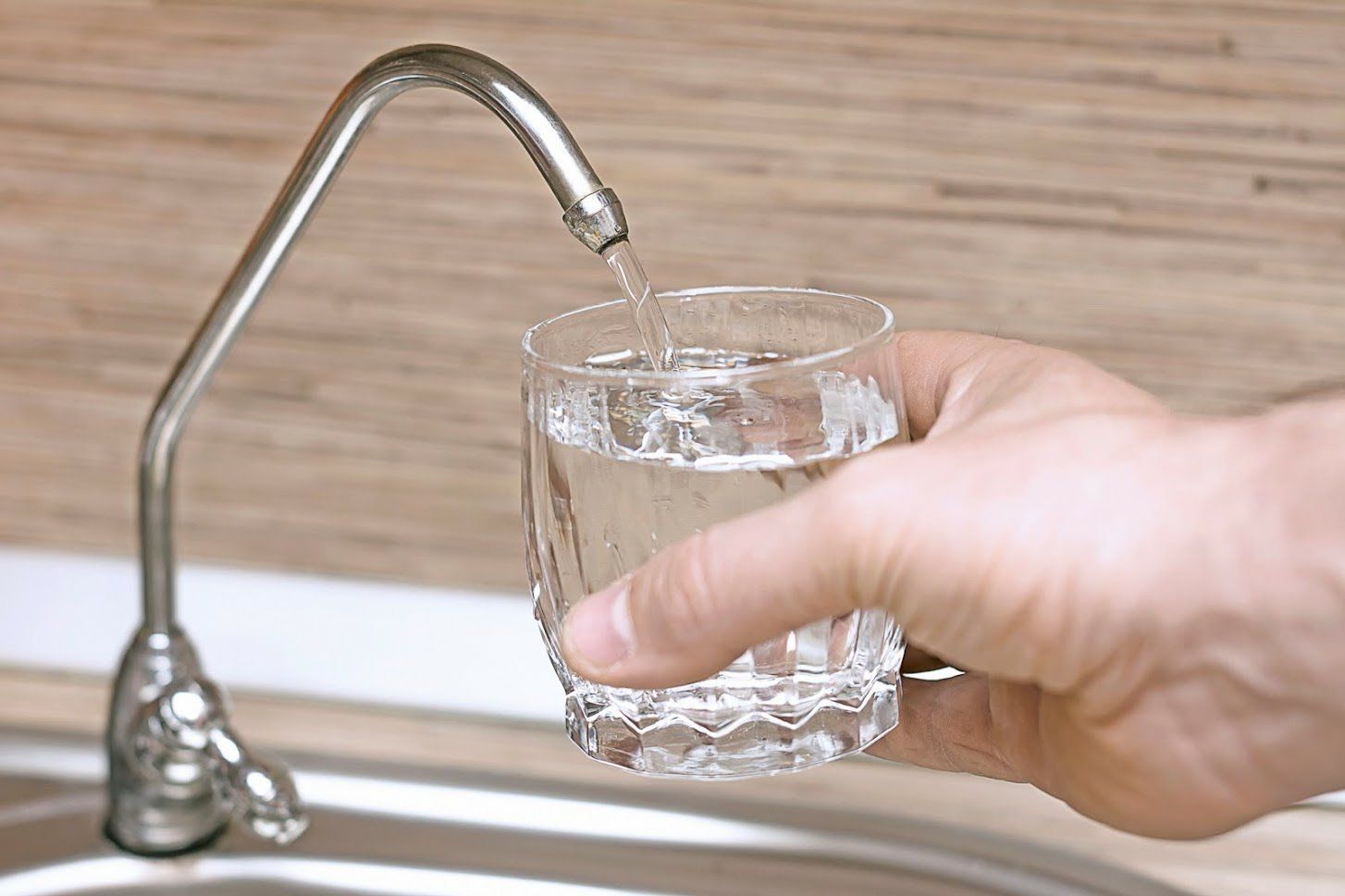IS A SWAMP COOLER RIGHT FOR YOU?
Admin • August 29, 2017

For most North American households, air conditioning is the go-to means of keeping cool indoors. But in some regions -- mostly in the driest deserts and mountainside communities -- you might find households using swamp coolers to stay comfortable throughout the summer.
Swamp coolers are relatively rare because they only work well in dry, arid climates. But in those places where they’re a perfect fit, swamp coolers provide a unique and exceptionally energy efficient climate control experience. Read on to learn how these systems work and how they stack up against the air conditioners you already know.
Dry Enough for You?
Swamp coolers, also called evaporative coolers, use a remarkably simple method to create a cool breeze through a home: a powerful fan blowing over water. That’s it. It’s the same principle that makes ocean breezes so cooling and refreshing -- the water cools down the air and the air picks up the moisture.
But this is also why swamp coolers don’t bring relief in climates that are already humid. The cooling effect of the air coming from the vents will be minimal, and the added blast of humidity will make indoor spaces feel clammy at best, muggy at worst.
There’s also another limitation: swamp coolers constantly cycle in outdoor air, unlike air conditioners, which recirculate and filter indoor air. This isn’t a problem for everyone, but for allergy sufferers, it can mean there’s no escape from the airborne irritants of the great outdoors.
Easy Being Green
So with so many limitations, what’s the upside? First of all, swamp coolers cost about half as much as central air conditioning systems. They’re also cheaper and easier to install.
Swamp coolers don’t have a compressor, which is the major energy hog in the typical air conditioner, so the cost of operation comes down to the cost of running the fan.
And that’s not the only way swamp coolers are green -- they also don’t use refrigerant, which means you’re never at risk of polluting the environment due to an inadvertent refrigerant leak.
Another benefit is the humidity itself. Since these systems are primarily used in dry climates, overly dry air is already a concern. It can dry out skin, hair and nasal passages, as well as damage delicate wood furnishings. The dose of moisture a swamp cooler produces can help soothe that damage away.
Critical Care
Though the operating costs of a swamp cooler are significantly lower than those of an air conditioner, you should expect to pay a little more for maintenance. Unlike air conditioners, swamp coolers must be professionally winterized at the end of each cooling season and set up again in the spring. This maintenance is critical, because moisture left behind through the winter can damage sensitive components, even if the temperature never drops below freezing.
Curious if your climate is dry enough to make a swamp cooler a practical alternative? Contact us today for more information or to schedule an appointment. Art Douglas Plumbing Inc. stands ready to help you with all your plumbing needs.


